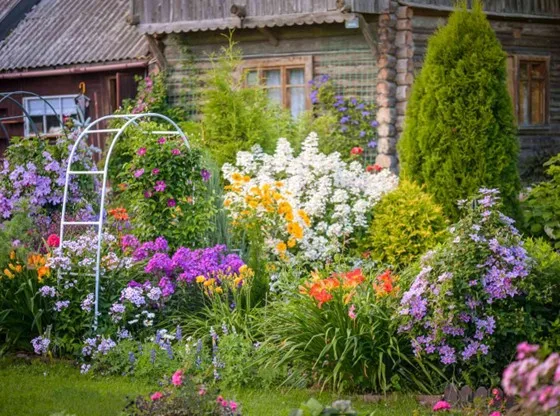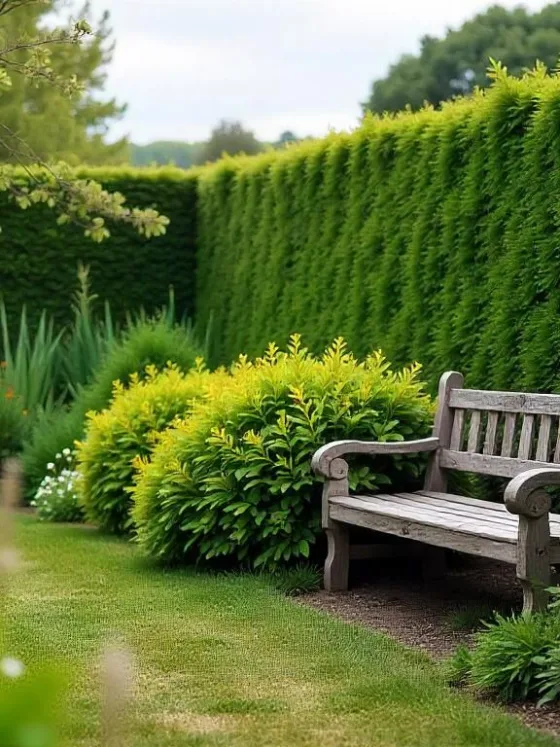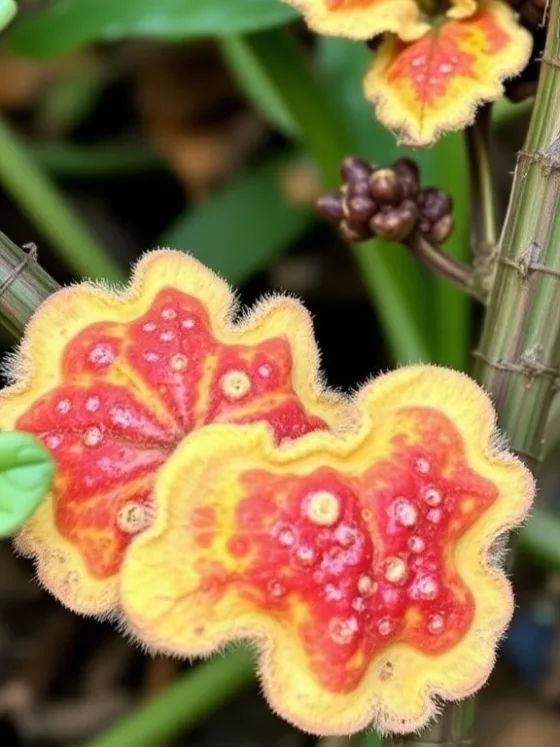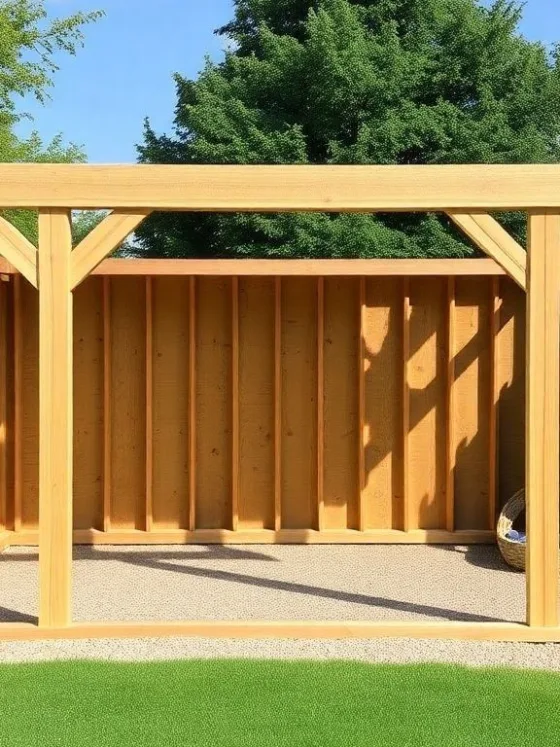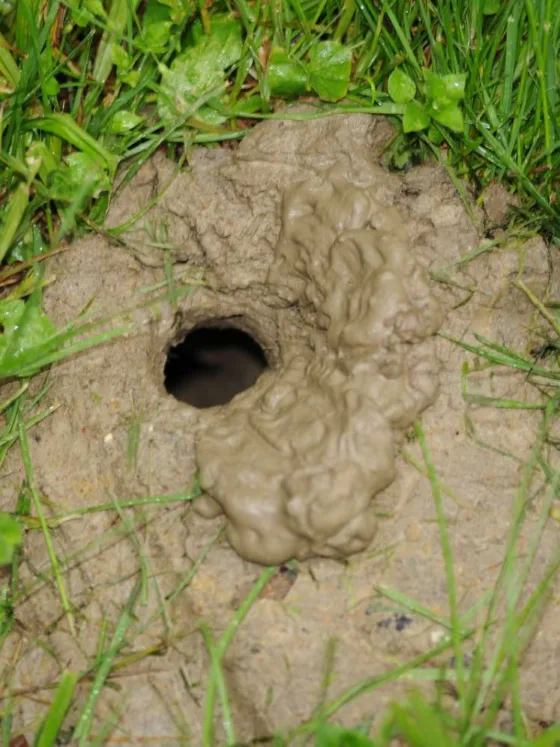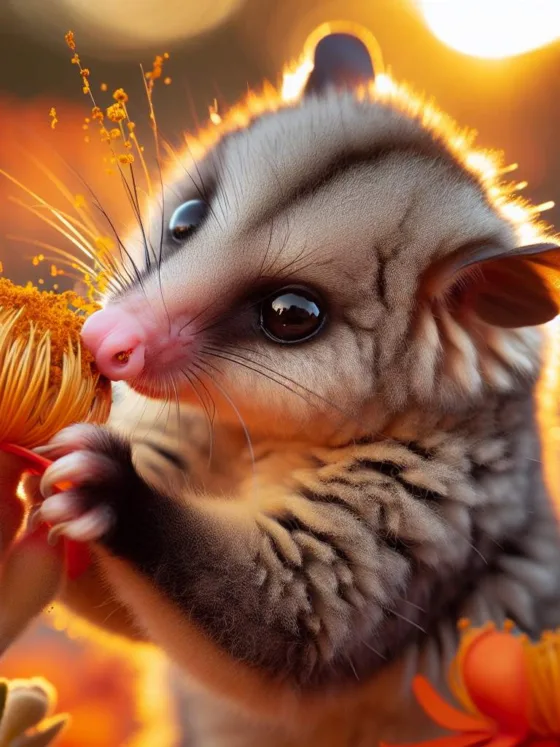Each night during the blooming season, you will find me outdoors among the irises.
I love the fragrance, the color, and the sizes. It reminds me of a new day dawning just to see what is blooming next.
For me, it is much like going to a fashion show to see the new colors, ruffles, and styles.
Just imagine yourself wandering into a large iris field in complete bloom.
You may have seen fields of tulips in full bloom; well, just imagine that, but with more colors and much more fragrance!

I have loved irises for many years. First in my mother’s garden, then on a limited basis in southern California.
Now I live in Oregon, and I sometimes think that I am living in the center of Iris heaven.
Why, one might ask? Simple – there are few if any iris that I cannot grow here!
I have species, miniature tall bearded (MTB), miniature dwarf bearded (MDB), border bearded (BB), intermediate bearded (IB), standard dwarf bearded (SDB) as well as tall bearded (TB).
And remember, these are just the bearded varieties! Siberians, Japanese, Louisiana, Spuria, Pacific Coast Native (PCN), and finally Dutch irises are all grown here as well.
Most if not all are super easy to grow and give you not only a wide range of colors but fragrance, height, and sheer beauty as well.
I have since turned my passion into a business, Snowpeak Iris and Daylily, growing and selling irises and daylilies.

Quite often I will hear people make two comments regarding irises.
One is “How come my purple iris changed to white?” Let me assure you that this cannot happen – what often happens is one of two things.
Either a seed pod was overlooked and allowed to ripen.
It subsequently opened up and let the seeds fall down into the clump, which in time grew and caused the “change in the iris”.
Or, when the irises were dug up the last time, a small piece of another variety was left and it grew.
Trust me – it is impossible for an iris to change its color!
The second comment I hear is how difficult irises can be to grow.
Nothing could be further from the truth!
To give you an idea of just how easy they are to grow, sometimes towards the end of the season, I will just pitch some of the rhizomes of a bearded iris into my pasture, and many times the following year, even upside down and unplanted, just laying on the top of the grass, the iris is blooming! Now that is a tough plant!
As far as colors in the bearded iris, almost every color in the rainbow is available, which explains why the iris is sometimes known as the “rainbow flower”.
The only color that is not available yet is a true red. It is being worked on with the help of some great science and a little gene splicing.
So I think we will really see a true red, like a Christmas red or fire engine red, in the next 10 years or less.
Another great thing is that there is more and more work being done to extend the blooming season. In fact, many irises now rebloom.
I am finding something that’s being done around here more frequently which is a very impressive sight to see – a mass-planted garden consisting of the following perennials, which I list in the order that they bloom.
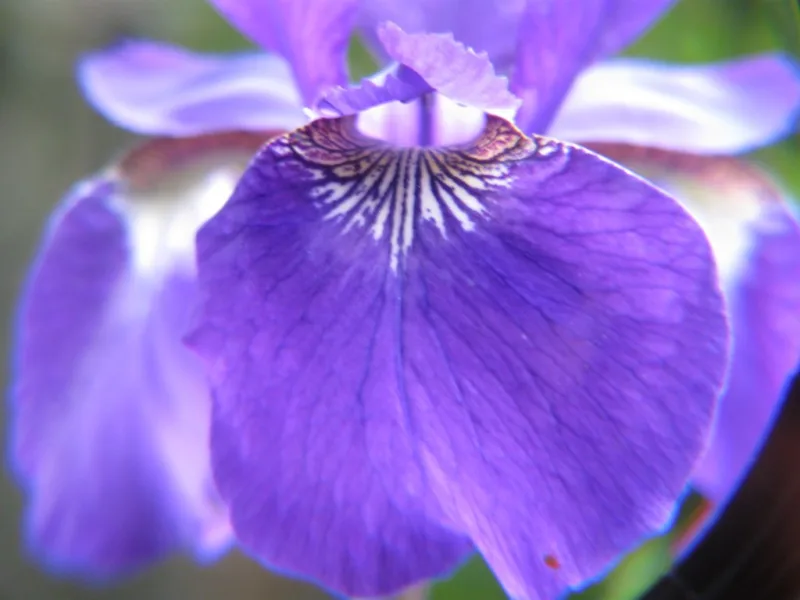
First, there are the wonderful daffodils interplanted with grape hyacinths, then the tulips, followed by tons and tons of iris in all colors, with a border planting of the dwarf iris.
The one that stands out in my mind was about 150 feet long and about two feet deep; in bloom, it was truly impressive.
Let’s move on to the cultural care of these lovely flowers. There are a few simple rules to follow;
- Full sun or at least 6-8 hours of sun
- Soil that is neutral to slightly alkaline with excellent drainage
- Correct planting techniques
- Regular fertilizing and aftercare
thinning every 3-4 years to maintain outstanding bloom
I am thinking that right about now you may be asking yourself which iris would be good for a specific requirement, so here’s what I can offer from my experience.
Siberian iris will not grow everywhere.
They do best in New England, the middle Atlantic states, the upper Midwest, the North, and the Pacific Northwest, where they will grow trouble-free and be outstanding performers.
They bloom almost at the same time as the tall bearded iris and continue a little after them.
Cultural care is quite simple; the more sun the more bloom, although they will tolerate some shade. Excellent drainage is vital.
Louisiana iris can tolerate a wide range of conditions, such as standing water.
These can be grown in the southern gardens because they will tolerate the summer heat and high humidity.
I have them planted in my commercial bed beside the daylilies.
Irises from bulbs include the Junos, reticulates, and Dutch, and each has its own specific requirements.

Japanese iris is a great iris because it can be planted in ponds, beside ponds, or in the garden.
The Japanese iris gives a range of colors from white to purple.
What might be lacking with color is more than made up for with the incredible array of patterns and veining.
Many can reach 10″ across, while most are 6″ to 8″.
There are the standard forms of 3 standards and three falls, while there are now double or peony forms available with multiple petals.
These irises usually bloom from June to July in the North.
Since they can withstand extremely cold temperatures they are a perfect plant for the northern gardener.
These can be grown beside the water, in water, or in the garden alongside daylilies, as long as they have the correct soil.
For the best bloom, plant them in full sun. One thing I find that helps them here is putting a thick mulch of steer manure on them.
This protects, feeds, and keeps the weeds down near them.
They are heavy nitrogen feeders, and I use a 30-10-10 fertilizer on them after bloom.
Spuria irises are the ultimate iris for drier gardens, but can and do grow well in mixed gardens as well.
The most common of the Spuria are the ones found on the old homesteads usually being white, yellow, or a yellow and cream one.
Unfortunately, they are not found in most garden centers today.
We have colors ranging from browns, yellows, blacks, white, purple, and true blue.
If you have not noticed them before, start looking, as there are many that are truly eye-poppers!
My advice is that you make sure your garden has room for some of the many beautiful irises, and take advantage of the colors of the “Iris Rainbow”!



